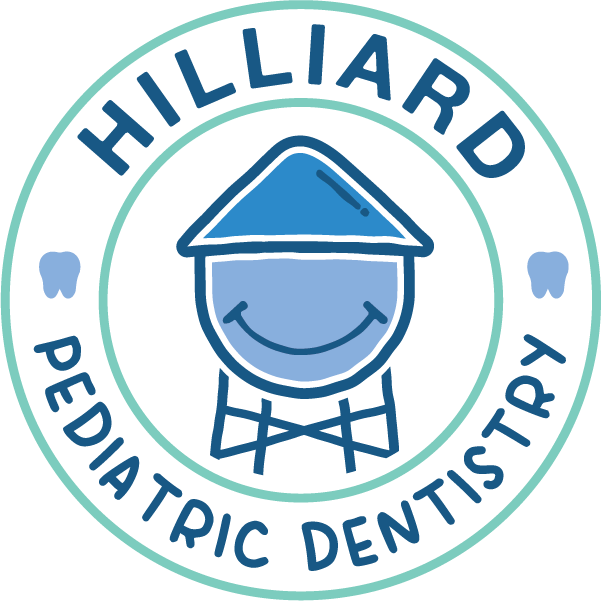Our Services
Behavior Management
Dr. Nick and team are fully trained to keep your child safe, unafraid and comfortable every time he or she visits our office.
Be assured that we will never vocally abuse or physically discipline or restrain your child, but we do use American Academy of Pediatric Dentistry (AAPD) behavior guidance techniques to help ensure:
- Successful completion of dental procedures
- Child’s development of a positive attitude toward oral health/dentist visits
- Effective communication with the child
Because good communication between our team and your child is critical, we successfully employ these AAPD techniques, including:
- Tell-show-do: This technique involves verbal explanations of procedures in phrases appropriate to the developmental level of the patient (tell); demonstrations of the visual, auditory, olfactory, and tactile aspects of the procedure in a nonthreatening way (show); and then, without deviating from the explanation and demonstration, complete the procedure (do).
- Voice control: Voice control involves the dental professional controlling their voice volume, tone, or pace to influence and direct the patient’s behavior. Objectives are to: 1. gain the patient’s attention and compliance; 2. avert negative or avoidance behavior; 3. establish appropriate adult-child roles.
- Nonverbal communication: Nonverbal communication is the reinforcement and guidance of behavior through appropriate contact, posture, facial expression, and body language. Objectives are to: 1. enhance the effectiveness of other communicative management techniques; 2. gain or maintain the patient’s attention and compliance.
- Positive reinforcement: Positive reinforcement is an effective technique to reward desired behaviors and, thus, strengthen the recurrence of those behaviors. We do this through positive voice modulation, facial expression, verbal praise, and appropriate physical demonstrations of affection by all members of the dental team.
Note that there may be times when we feel a parent’s or caregiver’s presence in the room may negatively influence the child’s behavior. Please do not take it personally if you are asked to leave! It’s all about having a successful appointment with your child and providing the best care possible.

